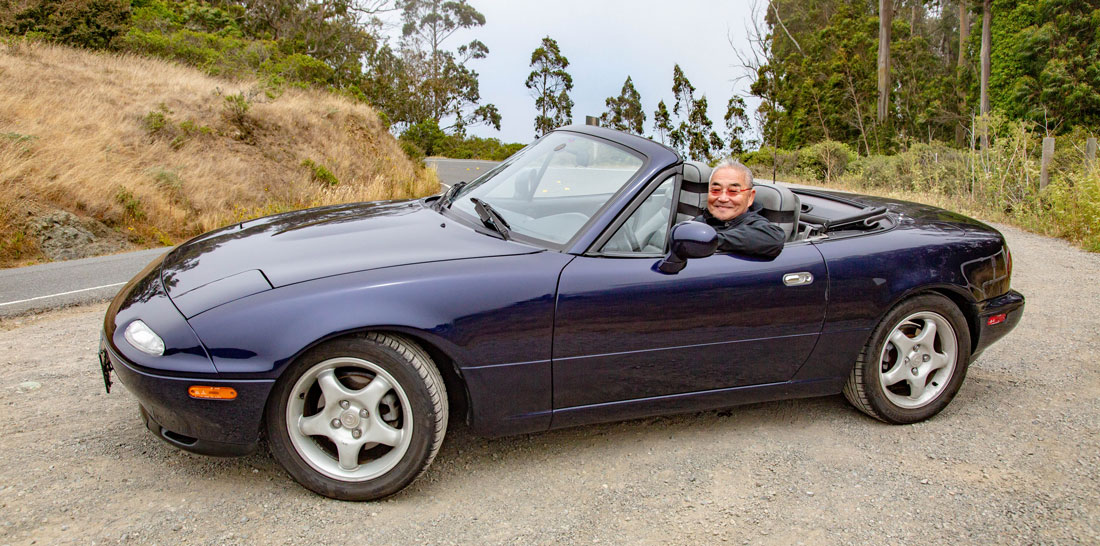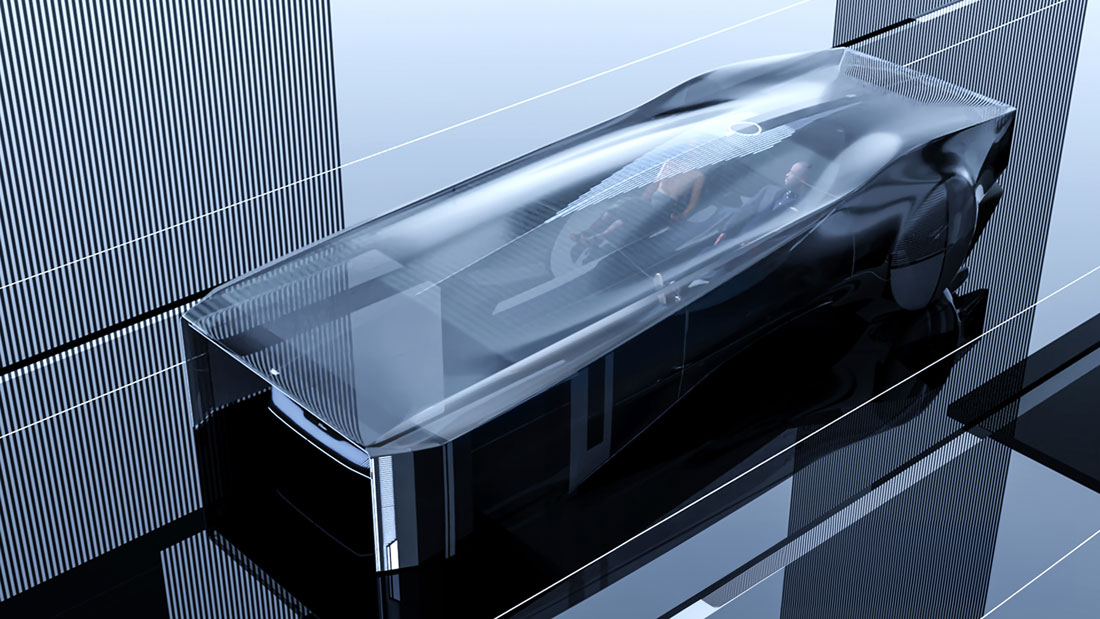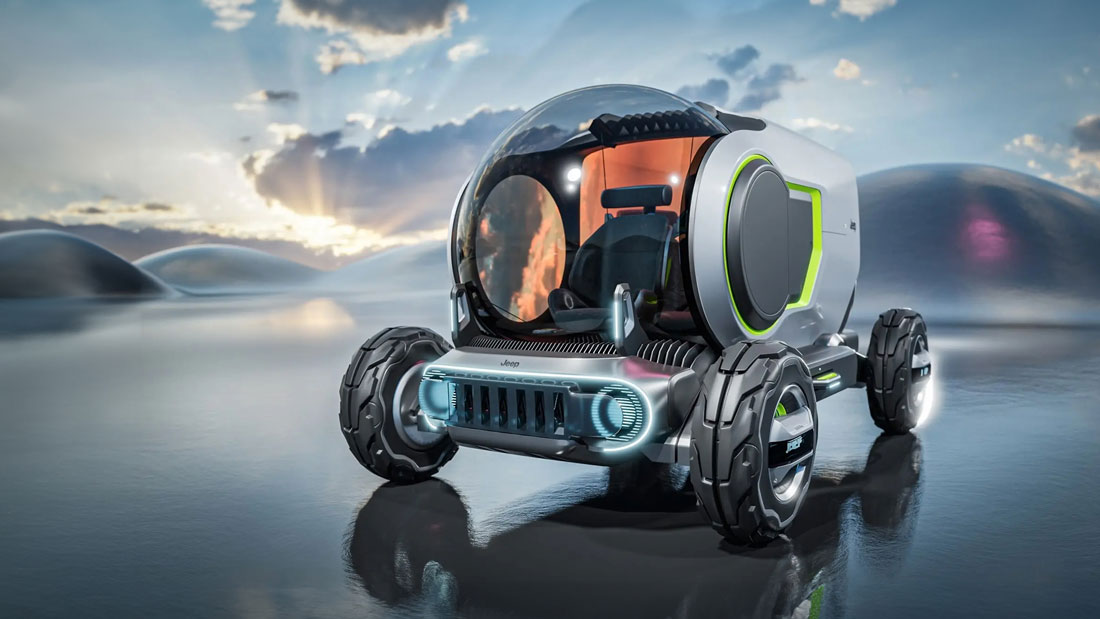How is design evolving in this age of digital extremes? How do the new and increasingly complex technological tools interact with creative demands? Are these formidable stimuli to the imagination or mere short cuts to commonplace products? On this matter, we listened to one of the most influential voices in automotive design today: Tom Matano, historic father of the first Mazda MX-5 (among others) and since 2002 executive director of the School of Industrial Design at the Academy of Art University of San Francisco.
“Certainly, the unprecedented possibilities deserve an open attitude”, begins the designer, immediately aiming for the core of the matter. “For example, cockpits with simpler interfaces could be studied: a voice or gesture command to adjust the temperature, a coloured light behind the vents to intuitively signify hot or cold, advanced software to avoid errors. If these ideas, some of which already exist but need to be developed, were joined by state-of-the-art ‘machine learning’ that anticipates passengers’ preferences, life on board and the shape of the cockpits would change dramatically”.
We remain, of course, only in the realm of the power of suggestion, but the cue allows us to introduce a fundamental guiding key: “We must start over from the human. From the users’ real needs, above all from offering them solutions in a ‘warm’ and in some ways ‘empathetic’ way. I remember that, when I drew the lines of one of the Mazdas I worked on, the RX-7 FD, I was expressly thinking of an athletic but not muscular body, as if it needed to be washed gently. I achieved a result that inspired affection: the owners locked it in the garage with a smile on their faces. Here’s my point, design should never lose this intent”.
So, how do we act in this perspective? “We must not become slaves to programmes and tools. They come and go so quickly that in the four years of our study courses there really is no point in teaching them in their entirety. It is much better to go back to explaining, to push the students to think. Personally, I try to convey everything I can to them, to get them to expand their horizons. Not least because the same rapidity has imposed itself in the renewals of the ranges and personnel of the Car makers where a style director sometimes lasts a handful of years. It used to be less extreme, but the dynamism also allows for a greater exchange of school-industry content”, observes Matano.
There is no shortage, however, of thoughtful misgivings about the effects of certain practices: “Eliminating a lot of physical passages with 3D modelling, for example, sometimes generates bodies whose reflections are not well thought-out. It occurs on several modern crossovers”. And on the hot topic of artificial intelligence: “It can optimise processes, but certainly not replace sheets, pencils and most of all people’s hearts and minds. To understand this, one should bypass the unconditional acceptance of fashions and reflect. Without slipping into backward-looking attitudes, albeit remaining critical, focused on the inconveniences and, of course, on the protection of copyright. The point is not to deny technology, but to become human again. Or rather, to remain so”.















